How and how to feed gooseberries in spring?
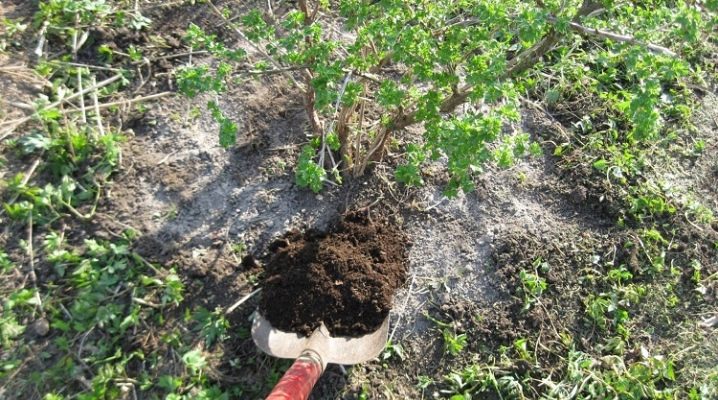
The gooseberry is a fairly prolific plant, capable of producing very high yields. This means that an adult shrub needs support and a full range of nutrients. Shrub care begins in early spring, as soon as the snow melts.
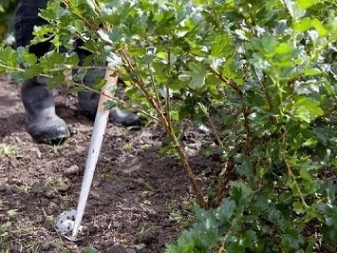
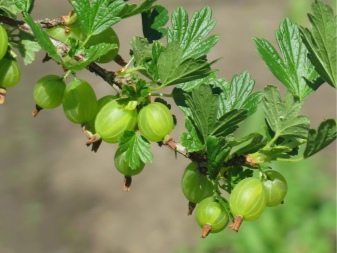
The need for a procedure
The summer period is filled with troubles and numerous worries about garden plants for a good harvest. But spring is a spurt in a long-distance race, a spurt at the start. March, and in the northern regions, April is the time for the care and cleaning of protective shelters, autumn litter, sanitary and formative pruning, sanitary treatments.
The whole complex has specific goals:
- stimulation of growth and development;
- increasing productivity and improving the taste of the berry;
- replenishment of missing organic, mineral substances, as well as macro-, microelements in the soil.
Fertilization is included in the complex of garden measures at the beginning of the growing season. The shrub has enough nutrients in the first 3 years after planting the seedling, but then there is a need for additional nutrition.
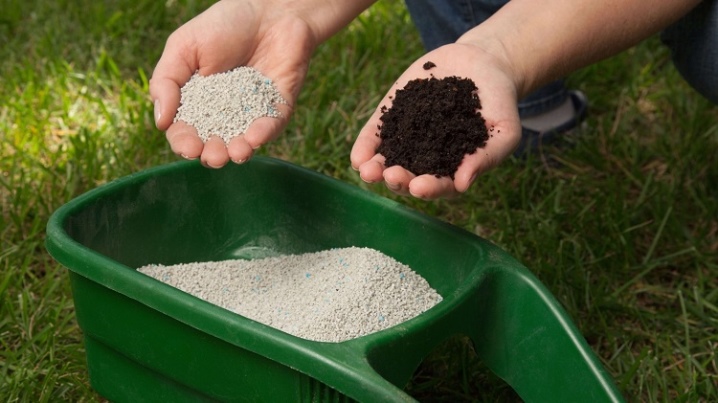
Suitable fertilizers
As you know, gardeners use ready-made, purchased and folk remedies, that is, prepared at home, as well as natural ones. The latter include manure, humus, bird droppings, compost, and wood ash. They are brought in at the first stage of dressing. with the addition of urea, potassium, superphosphate. After fertilization, the trunk circle should be covered with a layer of mulch.
The time of the next feeding is May, during flowering and budding... You can fertilize with onion peel infusion (200 g per 10 liters of boiling water) or feed with a decoction of wood ash at the rate of 1 kg per 50 g of laundry soap. Fertilizer with potato starch is often used: jelly is boiled from 200-300 grams, which is then diluted with 10 liters of water. Humus is introduced not only in dry form, but also in liquid form - 1 part of the substance to 3 parts of water. The solution is kept for 3 days, then re-diluted with pure water 1: 2.

Mineral
Mineral fertilizers contain macro- and microelements.
Macronutrients include:
- nitrogen and phosphorus,
- potassium and calcium, magnesium, sulfur and iron.
To trace elements: boron and manganese, copper, zinc, iodine and molybdenum. All of them are needed for a large harvest, are contained in organic and mineral fertilizers and differ in time and method of application.
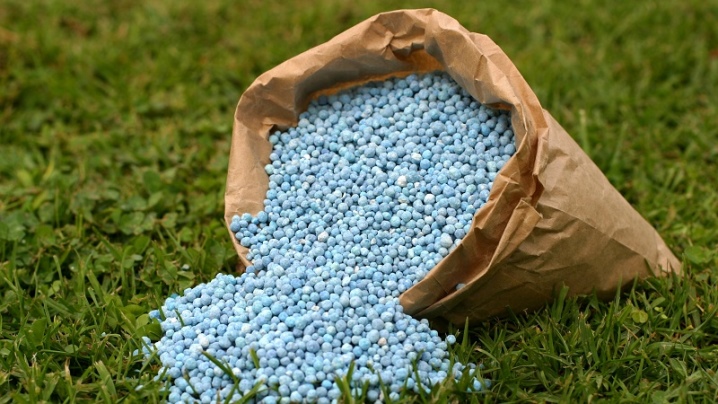
Organic
The beauty of organic fertilizers is their availability and low price, unless we are talking about buying manure and humus. At the same time, compost does not cost anything at all, except for your own labor, and wood ash can always be obtained independently on any site. One of the most common types of organic matter is manure. Among its species, the horse is considered the most valuable, followed by the sheep and goat, followed by the cow, pork, and the latter cannot be used earlier than two years later - it is too aggressive.
Such substances significantly strengthen the immunity of the gooseberry, have a positive effect on its development, stimulate the growth of the root system, and help build up the vegetative part. Sawdust is sometimes used, but one must remember that young sawdust pulls nitrogen out of the soil. Either well aged or fresh but fortified with nitrogen should be used.
As for poultry droppings, shrubs and trees, just like herbaceous ones, take it with gratitude, because it is used to increase the content of humus and calcium, and it can be applied several times per season.
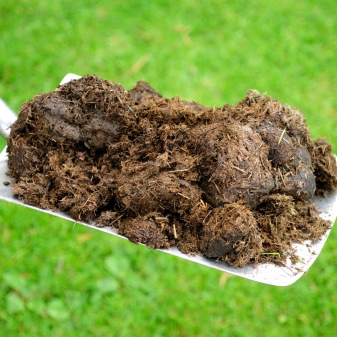

Homemade
This category includes everything that is made with your own hands - various infusions, mixtures, solutions, extracts. These can be solutions of substances that are not related to the gardening sphere, for example, solutions of potassium permanganate, soda, and others.
These also include biomass from various components:
- manure and chicken droppings, tops and straw;
- annual and perennial weeds, shredded cardboard residues;
- foliage, small branches, tree bark, rotten vegetables and fruits, egg shells.
It takes from 1 to 2 years to prepare it, but the quality of such fertilizer is at its best. Sowing green manure throughout the season is also one of the options for improving the composition and structure of the soil.

Stages
Top dressing should be carried out in stages, taking into account at what point the gooseberry needs certain elements. To feed the gooseberries in early spring, to provide them with food after winter, they begin activities after the snow melts, removing the protective coating and "fire" processing.
Proven step-by-step algorithm.
- The first feeding is carried out before the onset of the growing season, when nitrogen is especially required for the shrub. It stimulates active growth of green mass. Urea granules are simply scattered under the bushes before flowering and organic matter is added.
- The second stage is carried out in April, during the flowering period. At this time, it is already possible to prepare "green tea" (fermented infusion) from young nettle, use a superphosphate solution for foliar feeding.
- The next spring feeding occurs at the time of the appearance of the ovary on the inflorescences. In addition to mineral fertilizers, folk remedies are used for spraying - infusion of nettle, tansy, calendula, chamomile, etc.
This ends the spring feeding, all subsequent ones are carried out in the summer. It should be remembered that application by the root method is combined with watering with 3-4 buckets of water... This not only helps to evenly distribute fertilizers, but also protects the root system from burns. Gooseberries, like the entire group of gooseberries, have one feature - excess moisture leads to the appearance of powdery mildew. Considering this, it is advisable to carry out root and foliar application of nutrition during stable dry weather, when watering will not harm the plants.

Useful Tips
One of the most common gooseberry problems is powdery mildew, as noted above. The prevention of such a nuisance requires certain measures.
- For propagation, you can not cut infected plants. Material is taken only from healthy and strong bushes.
- The entire area must be kept clean, free of weeds, litter, broken branches... In autumn, the affected foliage must be burned.
- Sanitary pruning will help get rid of diseased shoots... Since the gooseberry bush is quite dense, it is necessary to ensure that the middle can be ventilated, even if forcedly.
- Phosphorus-potassium preparations increase the plant's resistance to powdery mildew.
- Treatment of affected plants is carried out several times, at the same time, the composition of the dressings is selected taking into account the problem that has arisen.
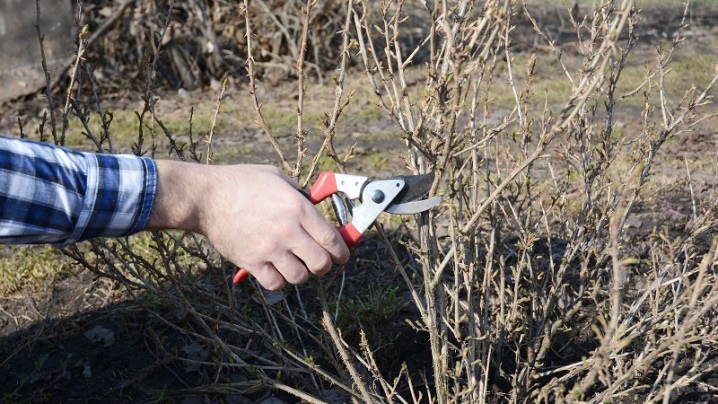
Another gooseberry problem that requires the vigilant attention of a gardener is pests. Leaf-eating aphids, moths and sawflies are capable of causing serious harm to the plant, and there is no need to talk about the loss of the crop. Insects can kill him altogether. Spring feeding can be combined with simultaneous sanitization. Some types of mineral fertilizers can be used as fungicides, others can be added.
- Urea destroys pests if you treat the plants with it during the period when most of the leaves have fallen.To do this, you need to prepare a solution in proportions of 700 g per 10 liters of water and spray all plants and soil.
- Potassium chloride will help in the fight against aphids and copperhead. Spraying with this preparation leads to coarsening of foliage, death of pests, increases the quality of berries and gooseberry resistance to drought.
- Mineral complexes "Polimikro", "Ryazanochka", "Sudarushka", "ABC" and others, with the addition of fungicides to their composition, perfectly act as antifungal drugs.
The timely loosening and weeding of the near-stem zone will help to keep the gooseberries in a healthy state. Do not immerse the tool in the ground more than 7 cm, as the roots can be damaged.
This depth is quite enough to provide oxygen access and remove weeds, which are provocateurs of the appearance of fungi in the root zone.
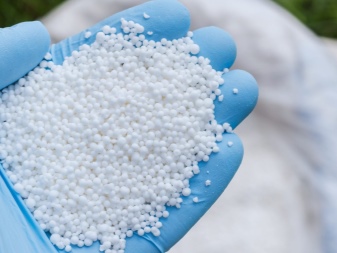
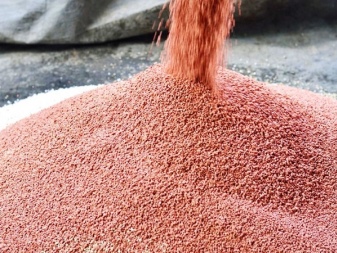













The comment was sent successfully.